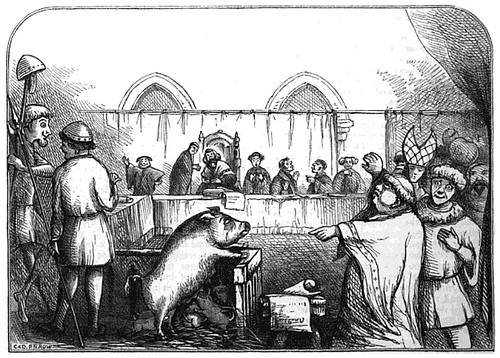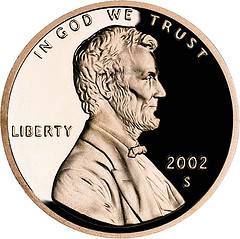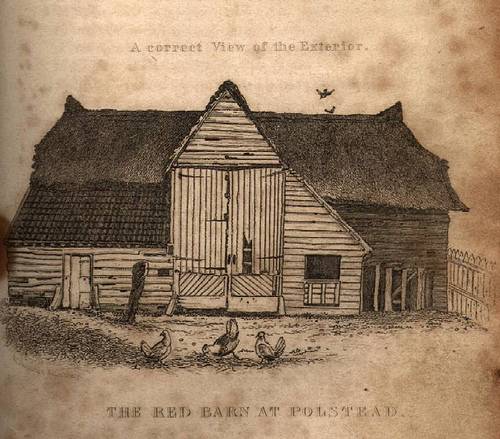2187 = (2 + 18)7
Author: Greg Ross
Bacon Testimony

Among trials of individual animals for special acts of turpitude, one of the most amusing was that of a sow and her six young ones, at Lavegny, in 1457, on a charge of their having murdered and partly eaten a child. … The sow was found guilty and condemned to death; but the pigs were acquitted on account of their youth, the bad example of their mother, and the absence of direct proof as to their having been concerned in the eating of the child.
— Robert Chambers, The Book of Days, 1864
Unquote
Half of the harm that is done in this world
Is due to people who want to feel important.
— T.S. Eliot
Understandable
Massachusetts’ Lake Chargoggagoggmanchauggagoggchaubunagungamaugg has the longest place name in the United States.
Locals call it Webster Lake.
The Clairvoyant Penny

Mathematician Thomas Storer offers a foolproof way to foretell the future: Flip a penny and ask it a yes-or-no question. Heads means yes, tails means no.
How can you be sure the answer is accurate? Simple: Flip it again and ask, “Will your present answer have the same truth value as your previous answer?”
- Suppose the answer is yes. This is either true or false. If it’s true, then the original response was true. If it’s false, then the truth value of the original response is not false, i.e., it’s true.
- If the answer to the second question is no, this too is either true or false. If it’s true, then the original response was true. If it’s false, then the original response was not false, i.e., true.
Since all the outcomes agree, the penny’s original response is guaranteed to be correct.
The Woodsman’s Surprise
‘In the foot of an elm, of the bigness of a pretty corpulent man, three or four feet above the root, and exactly in the centre, has been found a live toad, middle-sized, but lean, and filling up the whole vacant space: no sooner was a passage opened, by splitting the wood, than it scuttled away very hastily: a more firm and sound elm never grew; so that the toad cannot be supposed to have got into it. …’ This is attested by M. Hubert, professor of philosophy at Caen.
— The London Encyclopaedia, 1839
Logical
Raymond Smullyan doesn’t believe in astrology.
When asked why, he says, “I’m a Gemini.”
The Red Barn Murder

In April 1828, Ann Marten was growing increasingly worried about her daughter, Maria. The girl had eloped recently from Suffolk with her lover, William Corder, but Ann had not heard from her since. Corder gave various explanations: A letter had been lost, he said, or Maria was ill or had hurt her hand.
One night Ann awoke her husband in great agitation: She had had a vivid dream, she said, that their daughter’s body was buried under the “right-hand bay of the further side of Corder’s red barn,” where the couple had met to begin their journey. She persuaded her husband to investigate, and to their horror he discovered their daughter’s body buried in a sack just where her dream had indicated.
The case made a sensation. Corder was retrieved and tried and eventually confessed: He had shot Maria in the eye during an argument in the barn. He was hanged in August and his body left for medical students, and the rope was sold at a guinea an inch to the morbid throng. The dream was never explained.
A Cosmic Coincidence
Light travels 186,000 miles per second. The average diameter of Earth’s orbit is 186 million miles.
So, on average, sunlight reaches us in a neat 500 seconds.
In a Word
mouton enragé
n. a normally peaceful person who has become suddenly enraged or violent
Literally, “angry sheep.”
